8 emerging technologies that will change the dental laboratory
Digital Esthetics looks at coming technologies that will impact the digital dental workflow, from 3D printing to augmented reality and more. It doesn’t take much imagination to see how new technologies impact the dental world. It’s usually just a question of how.
It doesn’t take much imagination to see how new technologies impact the dental world. It’s usually just a question of how. While some innovations are iterative in nature-think software updates, or slight tweaks geared toward improved or faster usability-some new solutions are so big that the promise for drastic change is felt immediately. Consider the first intraoral scanner; the accuracy and results may have left something to be desired, but the potential was obvious.
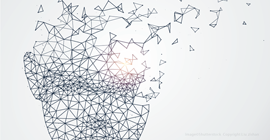
One of the remarkable things about dental technology is how much it borrows from other industries-CAD/CAM came from the manufacturing sector, and it just took some software tweaks to improve the accuracy. Material revolutions have been helped by breakthroughs in the health care sector, using regenerative materials originally developed for other uses in the body. Technologies that were invented without a thought to dentistry have been pulled over and changed dentistry and the dental laboratory forever.
The dental perspective: 6 coming technologies on the clinician side that are changing dentistry
With that in mind, here are some consumer and medical technologies currently on the market that have the capacity to shape the dental world for years to come. Some of these technologies have started to come into materials and equipment dental technicians use every day, while others are years away-but all of them may change what dentistry is.
Click the next button to check out the technologies that could change everything ...

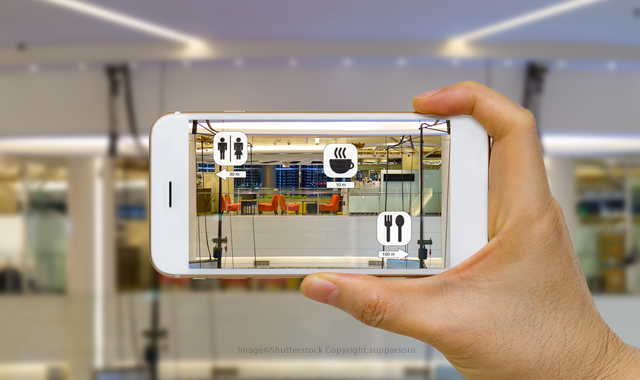
Augmented reality
While it’s often lumped in with virtual reality, augmented reality (AR) is its own technology with its own potential uses for the dental laboratory. Simply explained, AR is basically the merging of the “real” world with digitally-rendered graphics, often 3D. The easiest way to imagine it is by looking at your smartphone camera app, and imagining that what you see on your screen has something “fake” overlaid on it. That’s AR, in a nutshell.
Looking back: The predictions from industry voices for tech in 2017
So far, it’s been tricky for anyone to gain significant traction in AR. Perhaps the most notable example was the release of Pokémon Go in 2016, which used the camera on peoples’ smartphones to blend computer “pocket monsters” with the real world. Snapchat also dabbles in AR with some of its filters that overlay graphics with actual images.
For dentistry and dental labs, there are a myriad of applications that could eventually stem from AR technology. Imagine if patients could see an immediate image of their improved smile, in real time, based on actual STL files created with CAD software-in short, a super-accurate “try before you buy” AR filter that would help patients visualize the final restorative option. Other possible applications could include AR-powered glasses that allow technicians to keep shade guide, prescription details and other information handy when finishing, staining or polishing a final restoration. AR presents some exciting possibilities in dentistry.


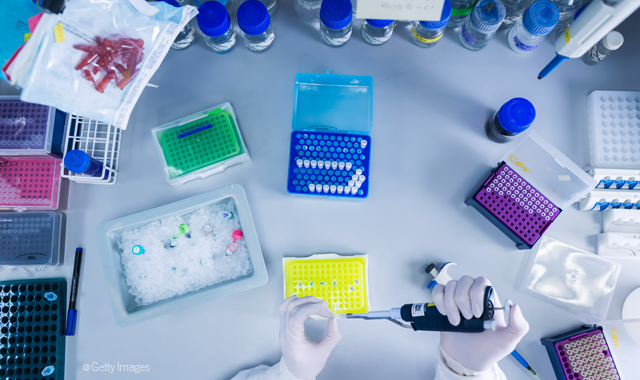
Genetic personalization
While gene-mapping is a relatively new technology, it presents some fascinating glimpses of how personalized care could look in the future. Right now, some companies are using gene mapping and DNA to explore individualized nutrition plans that could look wildly different from person to person.
It’s easy to see how this kind of hyper-personalization could apply in the dental world. Imagine having access to a person’s genetic make-up so you’d be sure that a particular material type would work best in a patient’s mouth-you could make sure that any genetic history wouldn’t result in future problems. Additionally, dentists could use the same functionality to ensure that any bonding products they use for restorative work would behave with the genetic material of the patient.
Related: 10 implant trends you need to know
For implant cases, the entire dental team could also track how bone growth happens in individual patients and what kind of osseointegration they can expect in a given case. As restorative and prosthetic dentistry becomes more and more personalized, the possibility of genetic information informing specific cases is an exciting possibility.


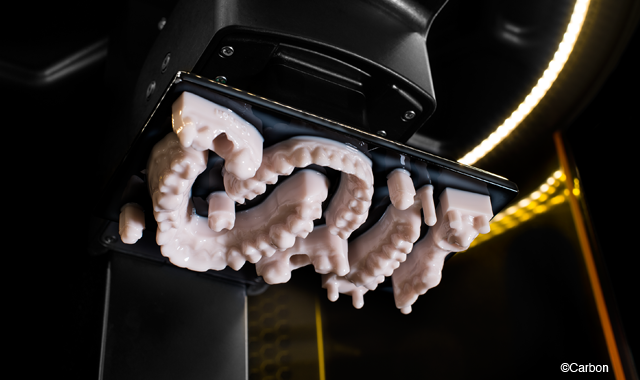
3D printers
3D printing has already taken the dental lab world by storm. But there is room to grow in the printing technology itself (not to mention the realm of 3D printing materials, which we cover in more detail on slides eight and nine).
For starters, there’s Continuous Liquid Interface Production, a proprietary 3D printing technology owned by Carbon. This method of 3D printing is engineered to be around 100 times faster than current 3D printing speeds, and also has the added benefit of looking like a science fiction movie. Just watch this video and imagine if that was a denture being created before your eyes.
Must-read: What the future of 3D printing looks like
Other 3D printing technologies are also drastically changing what labs can do in terms of cost, speed, accuracy or other factors. 3D printers that can print different materials from the same printer are already on the market, and as those improve, it’s easy to see how dental solutions needing different materials (say, removables) could someday be entirely printed. There may not be a more disruptive technology coming to dentistry than 3D printing, and what we’ve seen at this point is likely just a hint of what’s to come.



The Internet of Things
The “Internet of Things” is a catch-all term for non-computer “things” that are connected to the internet-think the refrigerator that can order groceries, or the Dash buttons that Amazon makes far too easy to buy. The idea behind it is that, eventually, all of our “things” will all be connected to each other and to information centers around the world.
Now, imagine Internet-connected teeth.
It may sound weird, but it’s already started. And if the consumer market is in any indication, that is only the beginning. Imagine dental technicians putting sensors into their crown build-up, including the placement during their CAD process. Or, imagine milling materials that conduct power to a “smart tooth” that can provide information on everything from patient activity levels, to bruxism, to brushing habits and more. A smart tooth could order new floss when tartar levels get too high, or even auto-schedule a dentist appointment when the tooth detects something is off in the oral cavity. For dental technicians, the tooth could even signal when it’s seated in a proper spot as determined in the design phase, making sure that remakes and pressure-related cracks are things of the past. Internet-connected teeth may sound bizarre, but they could have plenty of possibilities for dental labs.


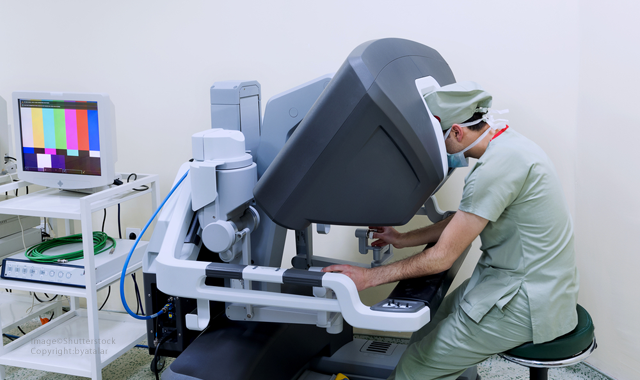
Robotics
Earlier this year, the first robot designed for dental implant surgery was approved by the FDA. It’s designed to ensure accurate and precise oral surgery, specifically for implant cases and implant placements. And it’s also just a glimpse at how much robotics could change dentistry.
Looking back at 2012: How far has dentistry come?
Currently, surgical robots are coming into their own in the medical field, and those innovations have obvious implications for dentistry. The intent of surgical robots is to allow more precise control over surgeries, ostensibly providing better care, less invasive procedures and improved healing times. Some researchers are even experimenting with completely hands-free surgeries-though these will likely always be a minority since quick reactions and critical thinking are key to any surgery.
What could robotics bring to dentistry? Well, it’s obvious that dental surgery could eventually be robotized. But other areas could be helped by robotics as well. Perhaps a robot could be guided by a 3D CAD and CBCT scan to perfectly drill an implant site, followed by the perfect placement of a crown, all from the same scan file. Or, micro-robots could be used for minimally invasive, in-office procedures that used to require a large team and a surgical operatory.


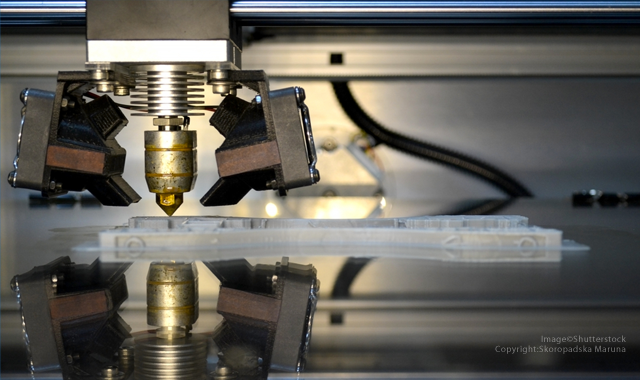
3D printing materials
It seems like dental laboratories have heard the promise of 3D printing for years. And 3D printing has certainly made its mark on the dental workflow. Yet, what’s coming in 3D printing materials shows that what is currently happening in dental 3D printing is just the beginning.
Related: 7 ways 3D printing is already changing everything
For starters, there are new advances in printable ceramics and metals-both materials that have obvious implications for dentistry. Right now, these materials are in their early stages and are geared toward the manufacturing and hobbyist sector, neither of which require the hyper-accuracy that dentistry does. But early adopters of CAD/CAM remember how much the accuracy of manufacturing technology can be improved, and there’s no reason to think the same won’t happen with 3D printing materials.
As material technology improves on the dental side, it’s easy to imagine how some of those materials could be adapted into 3D printing. It may not happen for some time, but it’s certainly possible to imagine that most restorations could someday be printed out of a biocompatible material that is as esthetic and strong as other options.



Bioprinting
Another exciting area of research with implications for dentistry is in the area of biomaterials. Biomaterials are used to print final, organic prostheses that will be biocompatible and entirely accepted by the patient’s body. Some biomaterials use stem cells to create body parts, while others are complicated mixtures of existing organic material from non-human sources with human-made components. But the potential to create human tissue with these materials have endless possibilities for the dental market.
It’s incredible to imagine that, someday, it may be possible to “print” a patient’s teeth using their own genetic material, making a restoration that is as natural as the teeth they were born with. Dental laboratories could also use biomaterials to print gingival segments that will fit and merge with existing gingival material, providing “dentures” that are actually just real teeth in real gums that can still be removed.


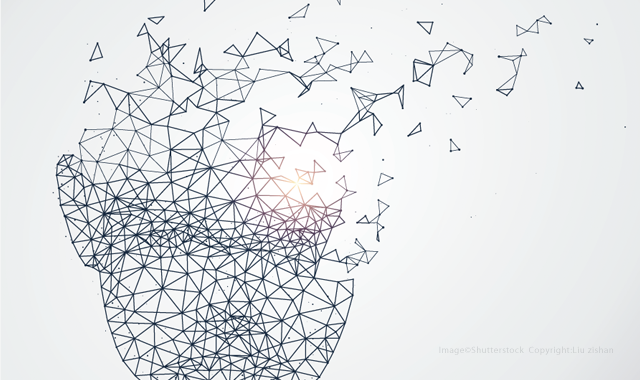
AI and Machine Learning
Of all the technologies on this list, this is likely the tech that is already here-and that is invisible to most users. For a while now, dental technicians and dentists have had access to tremendous hardware that has made remarkable solutions a daily reality. And yet, sometimes that hardware was limited by what the software could do-limitations due to processing power, or in the ways the software was programmed.
Related: 6 tips for switching to digital dentistry
All of that is quickly changing. Digital dental software is better and faster than ever, and will eventually help multiple-even complicated-restorative cases become so predictable that a computer can quickly and accurately design, virtually “place” and mill a perfect solution. As improvements to hardware and milling materials are also released, the software to take advantage of those improvements is rapidly progressing.
Additionally, as more and more data is being collected in each case, it provides a way for artificial intelligence to offer immediate solutions and better treatment plans, based on all the data provided on a particular patient. If a computer notices that a patient’s bite has shifted over the course of a few appointments, that shift could be taken into account when the digital data is entered into the CAD process-suddenly, every crown, bridge or other restoration is even more unique than has ever been possible, because the machines are “learning” how to address problems before they start.
Improvements in machine intelligence are going to impact every part of life in the next decades, and dentistry is no exception.
